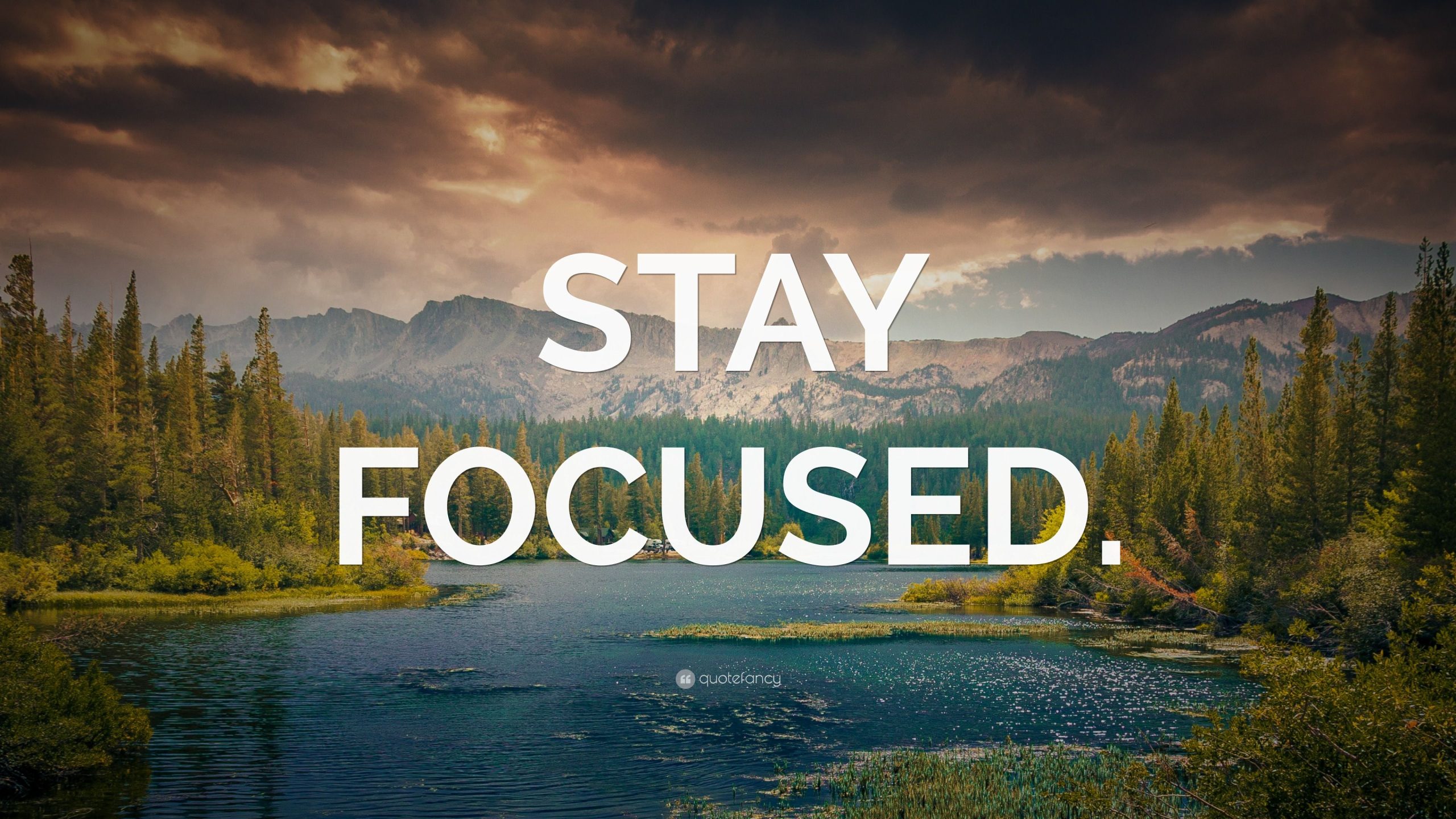
Denmark, the southernmost of the Scandinavian countries, is a land of captivating contrasts. From the vibrant energy of Copenhagen to the serene beauty of its coastal landscapes and charming islands, Denmark offers a diverse tapestry of experiences for every traveller. Beyond its picturesque scenery, Denmark boasts a rich history, a cutting-edge design scene, and a culture deeply rooted in "hygge," the Danish concept of coziness, contentment, and well-being.
This comprehensive guide will delve into the best places to stay in Denmark, exploring its top attractions, history, practical travel tips, accommodation options, transportation, and the optimal time to plan your Danish adventure.
Top Attractions: A Journey Through History and Modernity

Related Articles about Discovering Denmark: Your Guide to the Kingdom of Hygge:
- Vancouver: A Tapestry of Urban Sophistication and Natural Majesty
- Manchester: A City Reborn – Your Ultimate Guide to Exploring the Northern Powerhouse
- Busan: Where Mountains Meet the Sea – A Comprehensive Guide to South Korea’s Coastal Gem
- Lima: A City of Contrasts, Culture, and Culinary Delights
- Sri Lanka: A Paradise Isle Beckoning Your Wanderlust
Denmark’s attractions range from ancient Viking ruins to modern architectural marvels. Here are some must-see destinations:
-
Copenhagen: The capital city is a vibrant hub of culture, history, and design. Explore the iconic Nyhavn harbor with its colorful buildings, visit the Little Mermaid statue, wander through the Tivoli Gardens amusement park, and discover the royal history at Amalienborg Palace and Rosenborg Castle. Don’t miss the free-spirited Christiania, a self-governing community with a unique atmosphere.
-
Aarhus: Denmark’s second-largest city offers a blend of historical charm and contemporary culture. Visit Den Gamle By (The Old Town), an open-air museum showcasing Danish life through the centuries, explore the ARoS Aarhus Art Museum with its iconic rainbow panorama, and enjoy the lively atmosphere of the Latin Quarter.
-

Odense: The birthplace of Hans Christian Andersen, Odense is a charming city steeped in literary history. Visit the Hans Christian Andersen Museum, explore the picturesque streets of the old town, and take a boat trip along the Odense River.
-
Roskilde: A UNESCO World Heritage Site, Roskilde is home to the magnificent Roskilde Cathedral, the burial place of Danish monarchs for centuries. The Viking Ship Museum showcases well-preserved Viking ships, offering a glimpse into Denmark’s seafaring past.
-
Kronborg Castle (Helsingør): Immortalized as Elsinore in Shakespeare’s "Hamlet," Kronborg Castle is a majestic Renaissance castle overlooking the Øresund Strait. Explore its grand halls, underground casemates, and enjoy the panoramic views.
-
Legoland Billund: A paradise for families and LEGO enthusiasts, Legoland Billund offers a world of miniature LEGO creations, thrilling rides, and interactive experiences.
-
Møns Klint: Dramatic white chalk cliffs rising from the turquoise waters of the Baltic Sea, Møns Klint offers breathtaking scenery and opportunities for hiking and exploring the surrounding forests.
A Glimpse into Danish History: From Vikings to a Modern Kingdom
Danish history stretches back millennia, with significant milestones shaping the nation’s identity:
-
The Viking Age (8th-11th centuries): Denmark played a prominent role in the Viking Age, with Viking raids and settlements extending across Europe. The Viking Ship Museum in Roskilde offers invaluable insights into this era.
-
The Middle Ages (11th-16th centuries): Denmark became a powerful kingdom, expanding its influence across Scandinavia. The Kalmar Union (1397-1523) united Denmark, Norway, and Sweden under a single monarch.
-
The Reformation (16th century): Denmark embraced Lutheranism, marking a significant shift in religious and political landscape.
-
The Era of Absolutism (17th-19th centuries): Denmark experienced a period of absolute monarchy, with kings wielding significant power.
-
The 19th and 20th Centuries: Denmark transitioned to a constitutional monarchy, experienced periods of neutrality during major European conflicts, and played a role in the formation of the European Union.
Practical Travel Tips for a Smooth Danish Experience
-
Currency: The Danish currency is the Krone (DKK). Credit cards are widely accepted, but it’s advisable to carry some cash for smaller establishments.
-
Language: Danish is the official language. However, English is widely spoken, particularly in tourist areas.
-
Visa: Depending on your nationality, you may not need a visa to enter Denmark. Check the visa requirements before your trip.
-
Tipping: Tipping is not mandatory in Denmark, as service charges are typically included in bills.
-
Weather: Denmark experiences a temperate climate. Summers are mild and pleasant, while winters can be cold and dark. Pack accordingly.
-
Biking: Cycling is a popular mode of transportation in Denmark, particularly in Copenhagen. Rent a bike and explore the city like a local.
-
Drinking Water: Tap water in Denmark is of excellent quality and safe to drink.
-
Hygge: Embrace the Danish concept of "hygge." Find cozy cafes, enjoy comforting food, and spend time with loved ones.
Accommodation Options: From Chic Hotels to Cozy Cottages
Denmark offers a wide range of accommodation options to suit every budget and preference:
-
Hotels: From luxurious five-star hotels to budget-friendly options, Denmark’s cities offer a diverse selection of hotels. Consider staying in boutique hotels in Copenhagen’s city center or family-friendly hotels near Legoland.
-
Apartments: Renting an apartment can be a cost-effective option, especially for longer stays. Websites like Airbnb offer a variety of apartments in Danish cities and towns.
-
Hostels: Hostels are a great option for budget travellers and solo adventurers. They offer dorm rooms and private rooms, as well as communal spaces for socializing.
-
Bed and Breakfasts: Bed and breakfasts provide a cozy and personalized experience. Many B&Bs are located in charming countryside settings.
-
Camping: Denmark has numerous campsites offering facilities for tents, caravans, and motorhomes. Camping is a great way to experience the Danish countryside.
-
Holiday Homes/Cottages: Renting a holiday home or cottage is a popular option for families and groups. These typically offer more space and privacy. They are particularly plentiful in coastal areas.
Where to Stay: The Best Regions and Cities
-
Copenhagen: For first-time visitors, staying in Copenhagen is highly recommended. Neighbourhoods like Indre By (City Centre), Vesterbro (trendy and vibrant), and Nørrebro (multicultural and lively) offer a variety of accommodation options.
-
Aarhus: Staying in Aarhus allows you to explore the city’s cultural attractions and enjoy its vibrant atmosphere. The city centre and the Latin Quarter are popular areas.
-
Odense: Staying in Odense is ideal for those interested in Hans Christian Andersen and the city’s historical charm.
-
Bornholm: This island in the Baltic Sea offers stunning coastal scenery, charming villages, and unique attractions. Staying in towns like Rønne or Gudhjem allows you to explore the island’s diverse landscapes.
-
Funen: Known as the "Garden of Denmark," Funen is a picturesque island with rolling hills, charming villages, and historic castles. Staying in towns like Svendborg or Faaborg allows you to explore the island’s natural beauty.
-
North Jutland: This region offers stunning beaches, dramatic coastlines, and charming fishing villages. Staying in towns like Skagen or Løkken allows you to enjoy the North Sea’s beauty.
Transportation: Getting Around Denmark with Ease
Denmark has a well-developed transportation infrastructure, making it easy to explore the country:
-
Train: The Danish railway network (DSB) connects major cities and towns. Train travel is a convenient and efficient way to get around.
-
Bus: Buses operate throughout Denmark, connecting smaller towns and villages.
-
Ferry: Ferries connect the Danish islands. Taking a ferry is a scenic way to explore the archipelago.
-
Car Rental: Renting a car provides flexibility and allows you to explore the Danish countryside at your own pace.
-
Bicycle: Cycling is a popular mode of transportation, especially in Copenhagen and other cities. Rent a bike and explore the city like a local.
-
Copenhagen Card: If you plan to visit numerous attractions in Copenhagen, consider purchasing a Copenhagen Card. It offers free admission to many attractions and free public transportation.
Best Time to Visit: Experiencing Denmark’s Seasonal Charms
-
Summer (June-August): Summer is the most popular time to visit Denmark, with warm weather and long daylight hours. It’s ideal for outdoor activities, exploring the beaches, and enjoying festivals and events.
-
Spring (April-May): Spring offers pleasant weather and blooming flowers. It’s a great time to explore the Danish countryside and enjoy the milder temperatures.
-
Autumn (September-October): Autumn offers beautiful fall foliage and fewer crowds. It’s a great time to explore the cities and enjoy cultural events.
-
Winter (November-March): Winter can be cold and dark, but it also offers a unique charm. Experience the Christmas markets, enjoy cozy cafes, and embrace the "hygge" spirit.
Conclusion: Embark on Your Danish Adventure
Denmark is a country that seamlessly blends history, culture, and natural beauty. Whether you’re exploring the vibrant streets of Copenhagen, delving into Viking history in Roskilde, or cycling through the picturesque countryside, Denmark offers a wealth of experiences to captivate every traveller. By following this guide, you’ll be well-equipped to plan your Danish adventure, find the perfect accommodation, navigate the transportation system, and discover the best time to visit this enchanting Scandinavian kingdom. So, pack your bags, embrace the "hygge," and prepare to be enchanted by the charm and beauty of Denmark.





